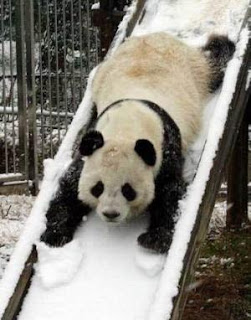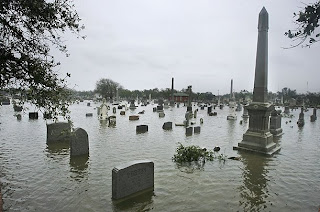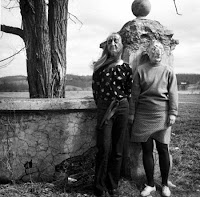1) a. the main point of this article is that editing and retouching photos has come a long way, and sometimes, it can be a good thing, but others, it can be a bad thing.
b. i think it's unethical because a photo is supposed to be about truth and raw feeling, not about manipulation. it's not about tricking the viewer into pathologically appealing to the photo, it's about making the viewer pathologically appeal to the photo with your own talent.
 2)
2) a. i think that this photo of these pyramids being moved closer together is the least ethical of the ones i was shown. the photographer claimed they were edited to be closer to make the picture more vertical, which i think is fine, as long as the intent is not trying to manipulate the viewer into thinking something that wouldn't normally be there.
b. the edited cover of oj simpson on time magazine is, by far, the most unethical manipulation i saw. they darkened the picture, it seemed, intentionally. it's subtle, but in my eyes, completely unacceptable and racist, no matter what oj did or didn't do.















































